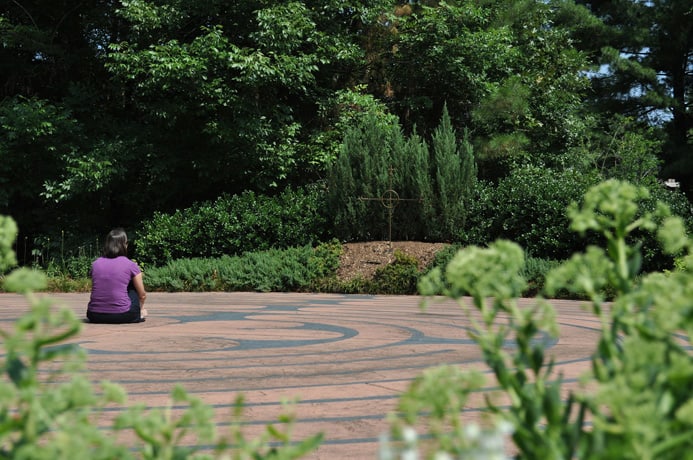Can meditation make living with neuropathy easier?
Meditation is simply the practice of being still, paying attention to the body, and focusing on breathing. There are as many ways to meditate as there are people who practice meditation. They range from the simple action of breathing slowly and deeply, and counting the breaths, to meditations, such as Tai Chi, that use movements in addition to the meditative state and breathing techniques. Some forms of meditation are performed while seated on the floor or chair, while others are performed lying on a mat or even standing. Regardless of which form is used, breathing is very important, and slow, deep deliberate breaths are the goal in controlling exhalation. As the person becomes more experienced in the meditative arts, breathing naturally slows down and the state of meditation is reached much more quickly.
During meditation, one goal is to eliminate all distractions and wandering thoughts. Many people like to play calming music while meditating. Many people find that music found in nature and binaural sounds to be extremely beneficial while in a meditative state.
Guided visualization is often helpful during a meditation, but it is not necessary. There are many guided visualizations on the market that focus on solutions to a variety of life problems. Some visualizations focus on relieving stress, while others focus on restoring energy or relieving pain. Similarly, some visualizations focus on solving a problem in which a resolution has been completely unavailable, while others focus on eliminating problems from the conscious mind.
In research on meditation and pain, scientists have asked two questions: “Does meditation help?” and “How does meditation help?” The first question proved much simpler to answer. A Wake Forest University study conducted by Fadel Zeidan in April 2011 took 15 healthy volunteers and performed MRI scans of their brains while inducing pain. In the four days that followed, a certified instructor taught the subjects mindfulness meditation (in which the pupil is taught to focus on a sense, often his or her breath, while accepting transient thoughts). On the fifth day, the researchers scanned the volunteers again, once while not meditating, and another time while meditating, with pain induced during both sessions. The study showed an approximately 40% reduction in pain intensity ratings during meditation when compared with non-meditation.
The study discovered that by activating and reinforcing some areas of the brain used in pain processing, meditation has the overall effect of helping to reduce pain intensity in patients. Other theories on how meditation affects pain, including that it decreases stress, which in turn decreases pain.
A 2011 study tried to determine whether meditation affects pain and quality of life in people with multiple sclerosis (MS) and peripheral neuropathy (PN). As demonstrated in this pilot study, two months of meditation may be helpful in reducing pain and improving scores on quality of life measures in MS and PN patients as compared with controls who have these disorders. While this study had a small sample size and a non randomized allocation of participants, results still demonstrate a positive effect of meditation in patients living with neuropathy and MS.
For learn more about alternative “mind and body” treatments visit the Living Well page.

I have found meditation to be so helpful for relaxation and minimizing pain. I highly recommend FULL CATSATROPHE LIVING, by Jon Kabat-Zinn PhD., subtitled “using the wisdom of the body to face stress, pain and illness. He writes two full chapters on dealing with pain. My copy is well worn.